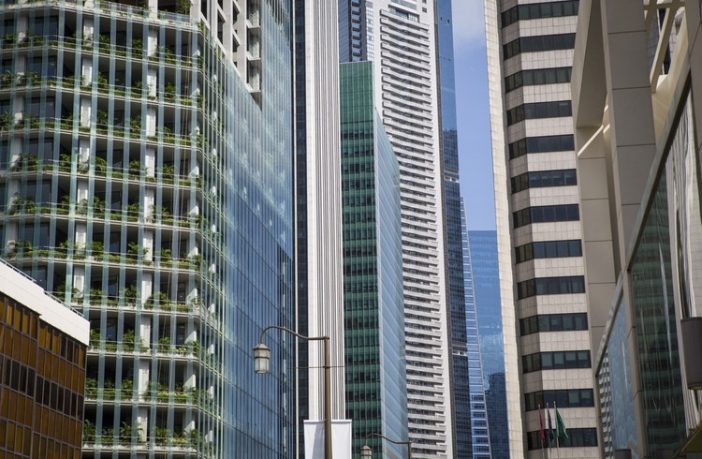- Buildings account for over 33% of all global carbon emissions.
- Cities around the world are changing the rules by implementing new laws regulating new and existing buildings in an effort to reach the goal of zero carbon emissions by 2050.
- This week San Francisco Municipality announced a plan to transition commercial buildings larger than 50,000 square feet to 100% renewable energy by 2030.
- A bill passed last week by the New York City Council sets emissions caps for certain buildings, and requires property owners to start retrofitting windows, heating systems and insulation to cut emissions.
Under the new plan in San Francisco, the city’s largest buildings (approximately 50 buildings of at least 500,000 square feet) would have to switch to 100% renewable electricity by 2022; buildings of smaller sizes would have staggered deadlines through 2030 reports the local San Francisco Chronicle.
San Francisco has a plan to use only renewable electricity citywide by 2030 and to become carbon neutral by 2050. The city offers commercial building owners the option to switch to greenhouse gas-free utility plans, limiting their carbon footprint and giving more incentive to utilities to install and purchase renewable energy.
In New York a radical new bill was passed last week by their City Council which sets emissions caps for certain buildings, and requires property owners to start retrofitting windows, heating systems and insulation to cut emissions. The new legislation sets a goal of cutting emissions 40% by 2030 and 80% by 2050. Read more.
Others cities around the worlds have channelled their effort to reduce carbon emissions in buildings by signing the Net Zero Carbon Buildings Declaration. The declaration, orchestrated by the C40 group of cities, requires the mayors to establish a net-zero building roadmap, develop supporting incentives and programme and report annually on their progress towards the 2030 goal.
The City of Johannesburg and Tswane in South Africa is one of the signatories to the declaration along with Copenhagen, London, Los Angeles, Montreal, New York City, Paris, Portland, San Francisco, San Jose, Santa Monica, Stockholm, Sydney, Tokyo, Toronto, Vancouver, and Washington D.C.
The direct approach by the two South African city councils to take control marks a sense of urgency and growing frustration by the inaction of regional and national government to take the initiative. Changing local bylaws governing building regulation appears to be the only way property developers and building owners will align with a city’s zero emission targets.
Author: Bryan Groenendaal















